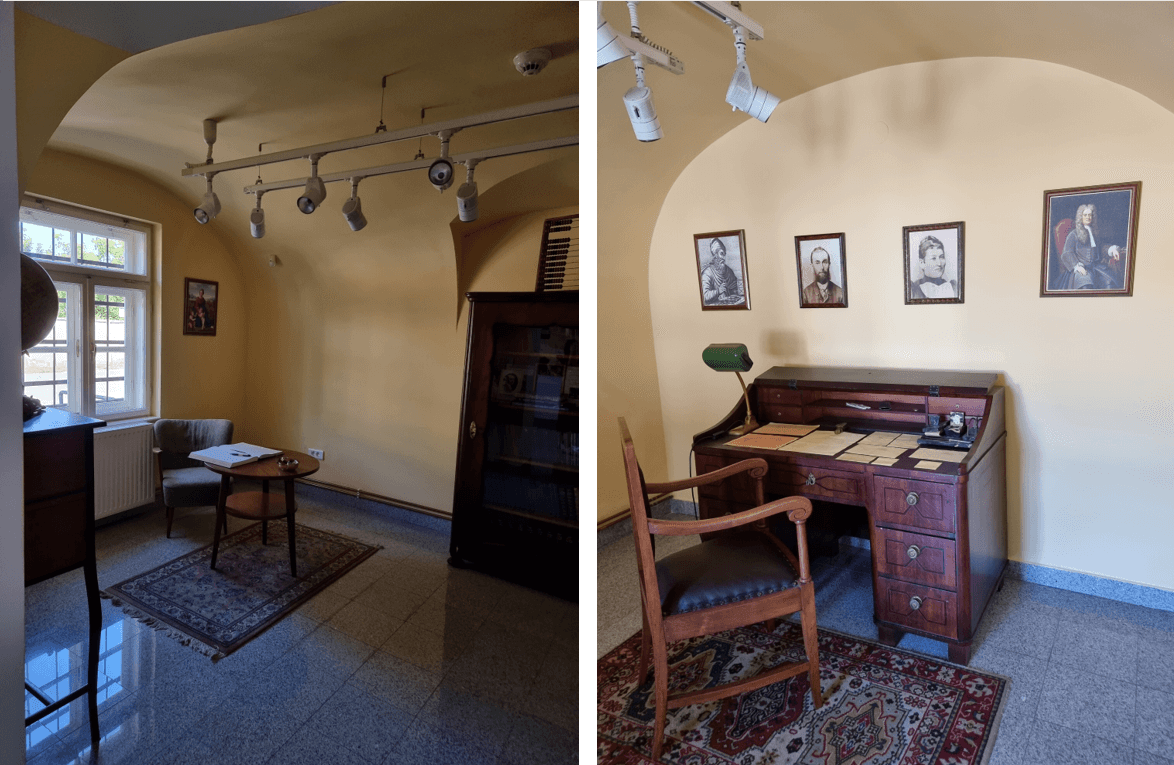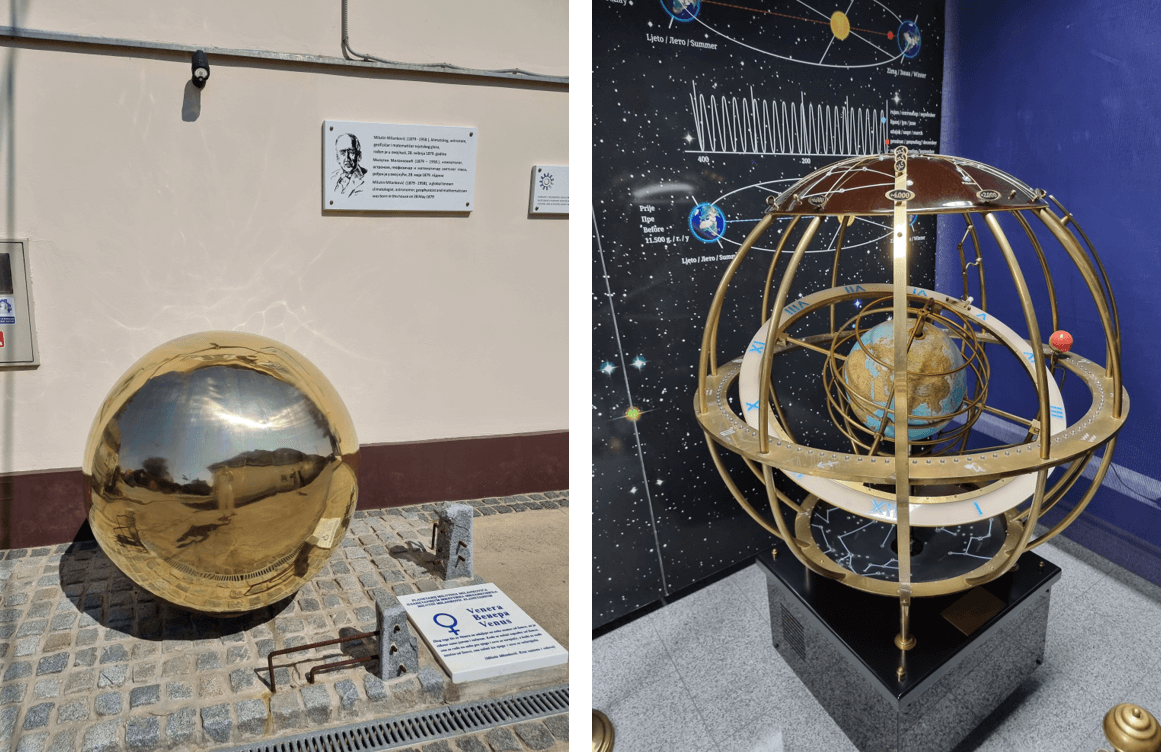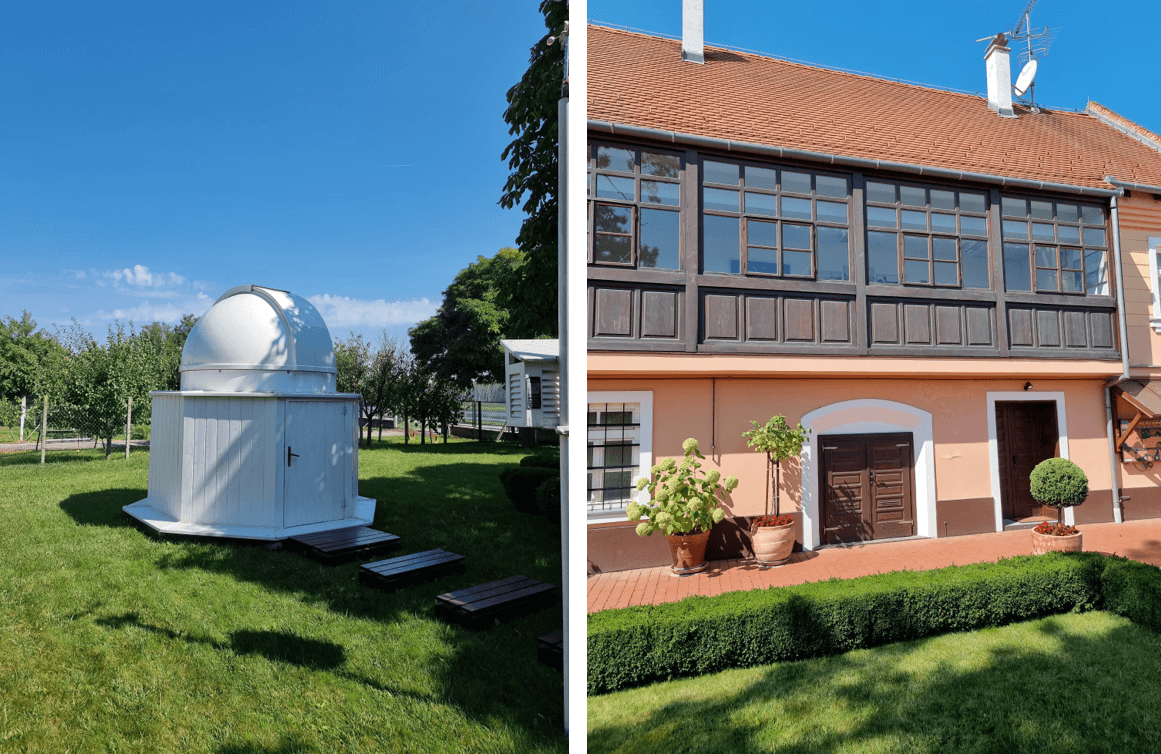Update Your Textbooks: Hrvoje Tkalcic Confirms Earth's Central Inner Core
February 22, 2023 - In the centre of the Earth's inner core, there is another layer: the innermost core, which is a solid "metallic ball," asserted Croatian scientist Dr. Hrvoje Tkalcic and his associate Dr. Thanh-Son Pham from the Australian National University in a paper published in the journal Nature Communications (ANU) in Canberra.
As Jutarnji writes, in school, we were taught that the Earth's interior consists of four layers: crust, mantle, outer and inner core. The border between the Earth's crust and the mantle is called the Mohorovičić discontinuity or Moho layer because it was discovered by the Croatian scientist Andrija Mohorovicic (1857-1936), which is one of the most significant discoveries in seismology of the 20th century. Now, however, Croatian scientist Hrvoje Tkalcic is changing the existing knowledge about the interior of the Earth.
Twenty years ago, scientists made the assumption about the existence of the innermost core, and using data collected from seismic waves caused by earthquakes, Tkalcic and Thanh-Son Pham proved it. They analysed data from around 200 earthquakes of magnitude 6.0 and above in the last ten years. For example, one of the earthquakes studied by scientists occurred in Alaska. The seismic waves generated by that earthquake "rebounded" somewhere in the South Atlantic before travelling back to Alaska.
"These are observations of waves that spread two, three, four, or five times along the Earth's diameter after large earthquakes. These waves are bounced multiple times through the Earth's interior, like a ping pong ball bouncing in the same direction, and pass through its very centre. We observed these multiple paths of waves through the centre of the Earth for the first time in the history of seismological observations", said Dr. Hrvoje Tkalcic, professor of seismology and mathematical geophysics and head of the Department of Geophysics at the Australian National University (ANU).
Updates in textbooks
Secondly, by measuring the time of the passage of seismic waves through the interior of the Earth's core, we confirmed that the inner core has two parts. The inner part is the central core, and the outer part is the shell that surrounds it. Both the central inner core and the shell surrounding it are alloys of iron and nickel in a solid aggregate state. However, what differentiates them is not their chemical composition but the direction in which the waves slow down through them. In jargon, this is called anisotropy. In other words, the central core and the outer shell that surrounds it are anisotropic, each in its way, either because of the different crystal structure of iron (the way the iron atoms are arranged in the crystal lattice) or because of the orientation of the crystal", explained Tkalcic. This Croatian scientist is one of the leading world experts in understanding the Earth's inner core, about which he published a book published by Cambridge University Press in 2017, the first of its kind in the world.
He pointed out that studying the deep interior of the Earth's inner core can tell more about the past and evolution of our planet.
"This inner core is like a time capsule of the Earth's evolutionary history – a fossilized record that serves as an insight into the events of our planet's past. This helps us understand the Earth's history, that is, the conditions that prevailed during the crystallisation of the Earth's inner core, in a similar way to how we study the age of trees and the climatic conditions that existed on Earth. I think that with this work, we have put a dot on the 'i' and confirmed the existence of the central core of the Earth. The time has come for the illustrations of the Earth's internal structure in textbooks to change", emphasised Hrvoje Tkalcic.
Who is Hrvoje Tkalčić?
He was born in 1970 in Bjelovar, went to high school in Vinkovci, and graduated in physics - majoring in geophysics at the Faculty of Science and Mathematics (PMF) in Zagreb. He received his doctorate on the subject interior of the Earth's core at the University of California, Berkeley. Then he was a postdoctoral fellow at the Scripps Institute in San Diego and the Lawrence Livermore National Laboratory, the largest nuclear laboratory in the USA.
He is the recipient of the Australian Research Achievement Excellence Award, the British Price Medal, and a member of the American Geophysical Union (AGU). Also, prof. Tkalcic is an excellent populariser of science: his book, "Earthquakes: Giants That Sometimes Wake Up," published last year by Ljevak, is very popular among readers.
Open access to the paper, as shared by the professor on Twitter.
For more, make sure to check out our dedicated News section.
Discover the Croatian Danube: House of Magnificent Milutin Milankovic
November 9, 2022 – As part of our Croatian Danube series, TCN has visited Dalj, and we can say that we have been to what must be the most important house in the village. One that many people had no idea stood there for over 150 years now. Even though NASA named Milutin Milankovic one of the 15 greatest scientists of all time, he might be one of the most underrepresented and underrated in Croatia.
Milutin Milankovic, the astronomer, geophysicist, climatologist, mathematician, inventor, engineer, Doctor of Technology, university professor, and writer, was born in Dalj in 1879, in what was the Austro-Hungarian Empire. He studied in Osijek and acquired his diploma and Ph.D. in Vienna, where he worked as an engineer until 1909. He then became a university professor in Belgrade, where he worked until 1955. He was a member of the Serbian and Croatian Academies of Sciences and Arts. He spent WWI in internment in Budapest. He died in Belgrade in 1958. His remains were, per his wish, taken back to Dalj in 1966, where he was buried in his family tomb, along with his twin sister, brothers, parents, and many of his ancestors.

His contribution to science was vast and significant. Without pretending that we can understand his scientific work, just the list of his works and publications would impress any reader. His primary focus was on cosmic questions and life on Earth, the sun, ice ages, and how they influenced life on Earth. Some of his most famous work revolves around the Earth's orbital cycles, a theory confirmed by NASA, in which he provided mathematical explanations of the reasons, causes, frequency, and duration of ice ages on Earth, as well as other aspects of the Earth’s climate. Milutin Milankovic is also the author of the most precise calendar to date, with a difference of only 2 seconds between Milutin’s calendar year and the currently in use tropical (solar) year.


Along with scientific writing, Milankovic was versed in lyrical prose and wrote three volumes of memoirs on his life, his birth house, the village of Dalj, and the Danube, which was an endless source of inspiration. In his memoirs, he left detailed descriptions of his house and backyard, including all the flowers and plants, the pine that stood under his window, and the view of the mighty river. The house was declared a cultural monument in 1979 but had suffered the consequences of the passage of time and the war. Even though Milutin's nationality did spark debates between Croatians and Serbians, just like a certain other scientist, the municipality of Dalj invested in the recounstruction of Milutin Milankovic's birth house, where they created a cultural and scientific educational centre. The centre is equipped with models, presentations, and projections, including Milutin's space room. The backyard is a comfortable, inviting, fresh green space, with a gazebo just beside Milutin's beloved pine, which stands strong and tall. The observatory is the perfect venue for stargazing nights and special events.

And even though the people of Dalj know, love, and are happy to visit Milutin's house, the vast majority of Croatian people do not, or do not know, that they can visit it too. Not only can you visit the original house and see this magnificent exhibition firsthand, but you can also schedule an educational visit to learn about Milutin's life and legacy, explore the interactive presentations, and even try to find new stars using the telescope. The best part - the visit is completely free. Come on, where else do you get that? To schedule a visit, send an e-mail or call the contacts here.
How good is your knowledge of eastern Croatia? Take the CROMADS test above - how many places do you recognise?
For more, make sure to check out our dedicated Travel section.


